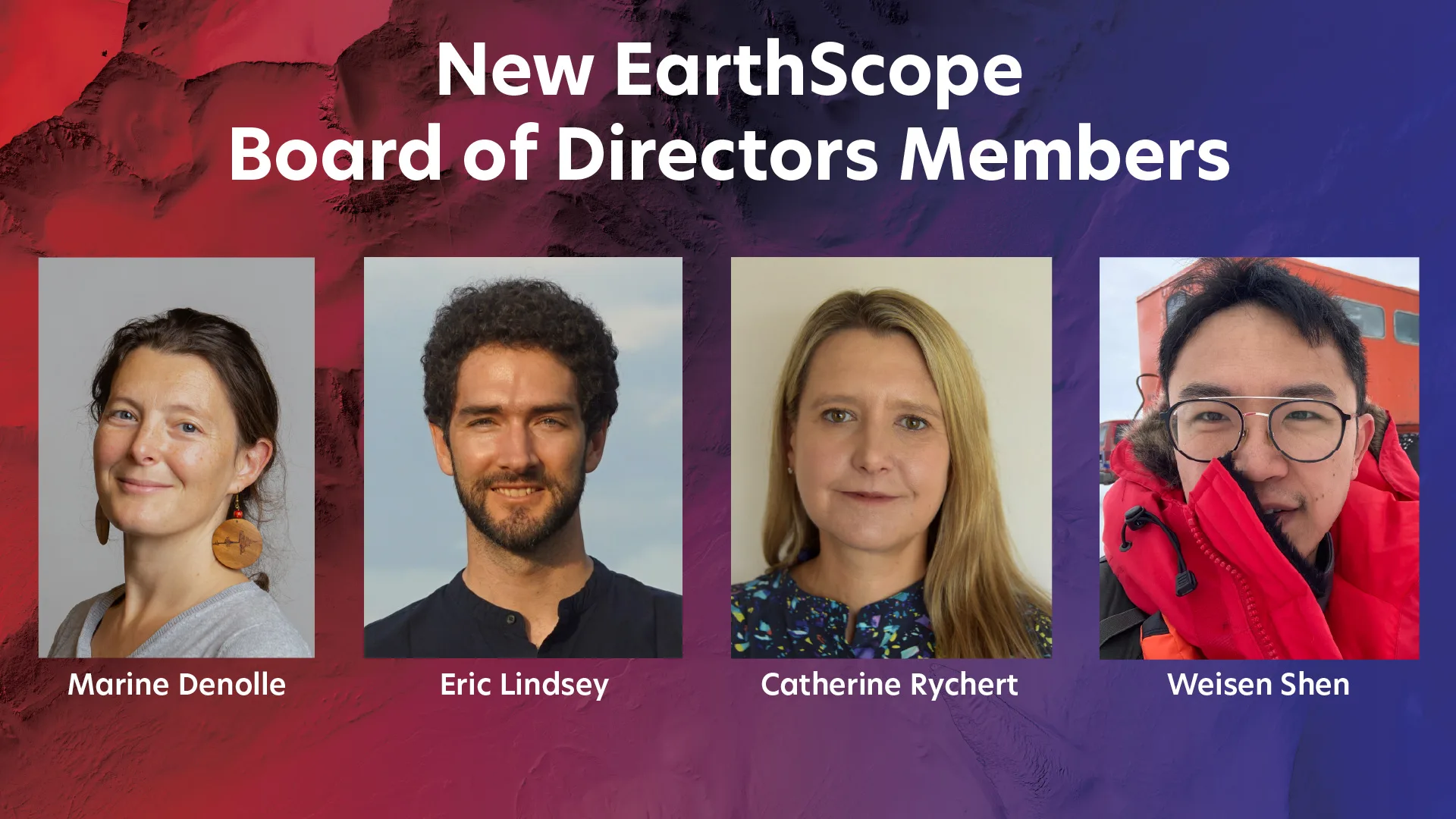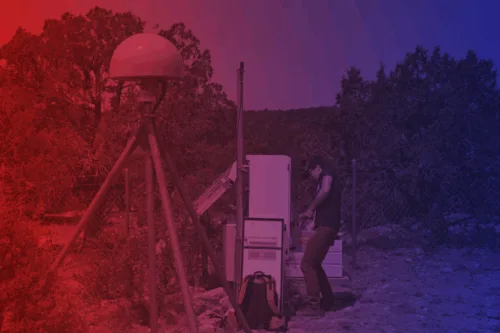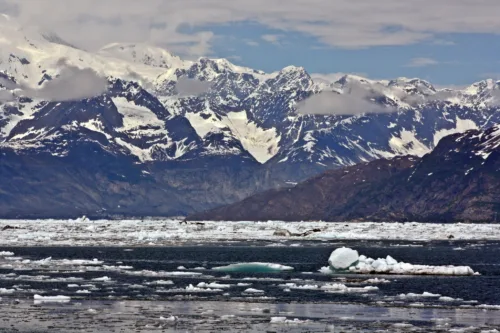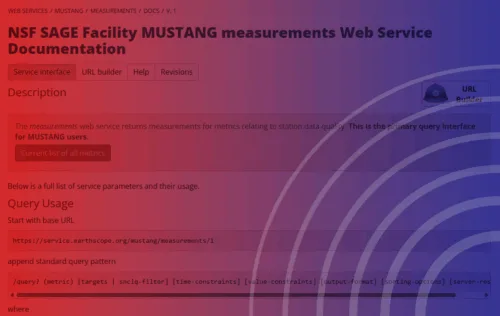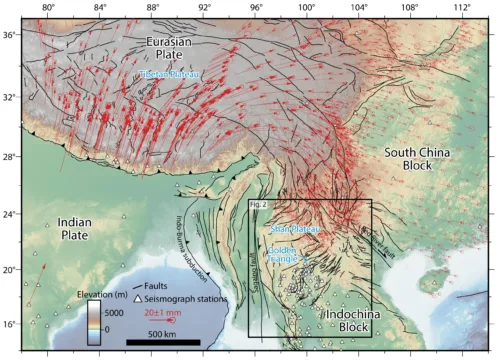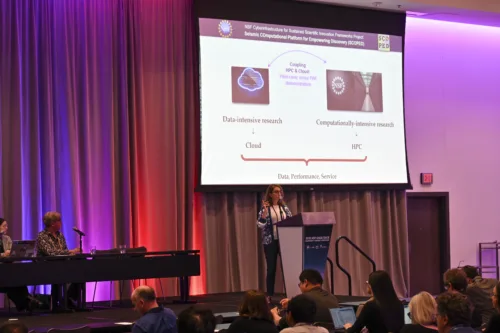
Intern Spotlight: Riley Zhang (Student Careers)
Yurong “Riley” Zhang (she/her) is EarthScope’s Summer 2025 Instrumentation Intern, working with Chris Calvelage. She is currently a PhD candidate at Michigan State University, working the seismic structure of Tonga and Pampean subduction zones and mantle wedges, with a particular emphasis on seismic attenuation, velocity tomography, and stress drop analysis. Previously, she earned her bachelor’s in geophysics from the University of Science and Technology of China.


